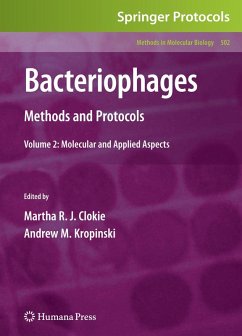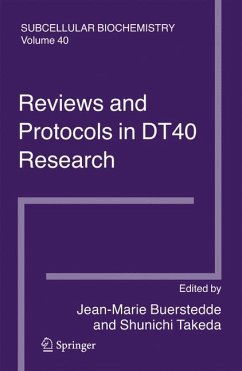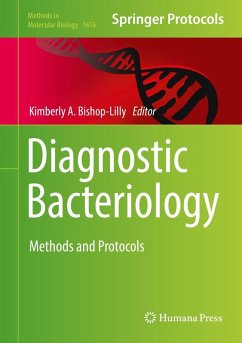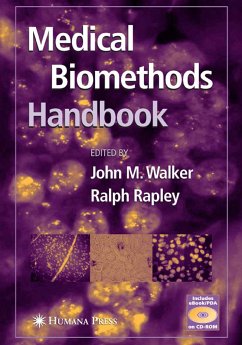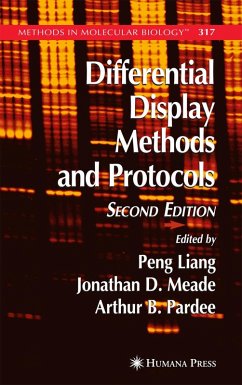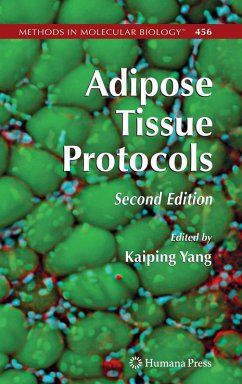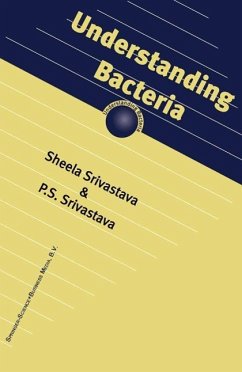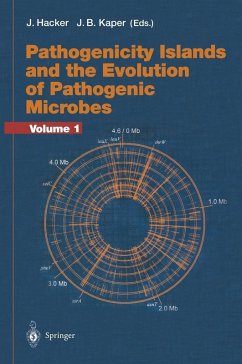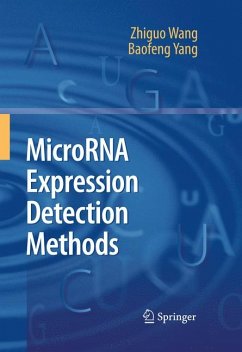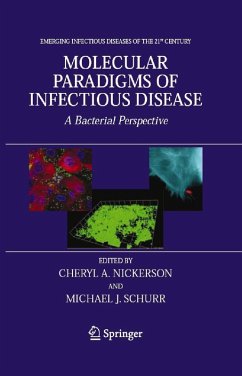
Diagnostic Bacteriology Protocols (eBook, PDF)

PAYBACK Punkte
36 °P sammeln!
The field of bacterial diagnostics has seen unprecedented advances in recent years. The increased need for accurate detection and identification of bacteria in human, animal, food, and environmental samples has fueled the development of new techniques. The field has seen extensive research aided by the information from bacterial genome sequencing projects. Although traditional methods of bacterial detection and identification remain in use in laboratories around the world, there is now a growing trend toward the use of nucleic ac- based diagnostics and alternative biochemically and immunologic...
The field of bacterial diagnostics has seen unprecedented advances in recent years. The increased need for accurate detection and identification of bacteria in human, animal, food, and environmental samples has fueled the development of new techniques. The field has seen extensive research aided by the information from bacterial genome sequencing projects. Although traditional methods of bacterial detection and identification remain in use in laboratories around the world, there is now a growing trend toward the use of nucleic ac- based diagnostics and alternative biochemically and immunologically based formats. The ultimate goal of all diagnostic tests is the accurate detection, identification, or typing of microorganisms in samples of interest. Although the resulting information is of obvious use in the areas of patient management, animal health, and quality control, it is also of use in monitoring routes of infection and outlining strategies for infection control. There is, therefore, a need to ensure that the information being provided is of the highest standard and that any new technique is capable of delivering this.
Dieser Download kann aus rechtlichen Gründen nur mit Rechnungsadresse in A, B, BG, CY, CZ, D, DK, EW, E, FIN, F, GR, HR, H, IRL, I, LT, L, LR, M, NL, PL, P, R, S, SLO, SK ausgeliefert werden.



